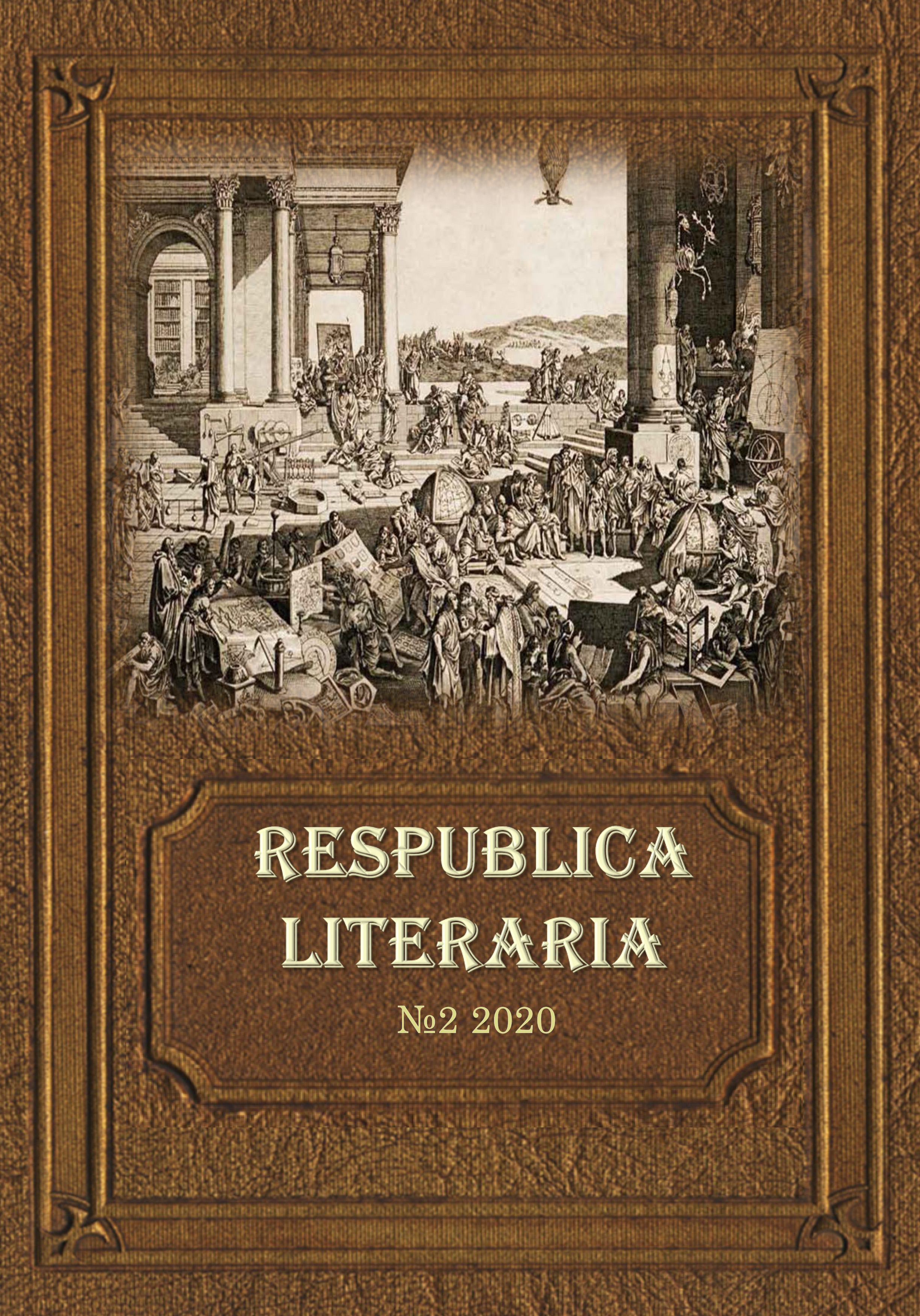Domanov, O. A. Form and Formal Approaches in the History of Philosophy and Today.
DOI:
https://doi.org/10.47850/RL.2020.1.2.52-59Keywords:
history of philosophy, formal approaches, type theory, model theoryAbstract
The concept of form and its derivations belong to the most important concepts of Antiquity and Middle Ages. Modern formal approaches in logic, semantics etc. depend on this problematics, rarely exposing it to scientific scrutiny. The article deals with a way medieval discussions on form and essence are reflected in contemporary approaches to formalisation, resulting in the confrontation between substantialist and constructivist paradigms.
References
Черняков, А. Г. (2001). Онтология времени. Бытие и время в философии Аристотеля, Гуссерля
и Хайдеггера. СПб.: Высшая религиозно-философская школа. 460 с.
Chernyakov, A. G. (2001). The Ontology of Time: Being and Time in the Philosophies of Aristotle, Husserl
and Heidegger. St. Petersburg. St. Petersburg School of Religion and Philosophy. 460 pp. (In Russ)
Benacerraf, P. (1965). What Numbers Could not Be. The Philosophical Review. Vol. 74. no. 1. pp. 47-73.
DOI: 10.2307/2183530.
Cross, R. (2013). Duns Scotus on Essence and Existence. In Pasnau, R. (ed.). Oxford Studies in Medieval
Philosophy. Vol. 1. Oxford. OUP. pp. 172-204. DOI: 10.1093/acprof:oso/9780199661848.003.0007.
Dummett, M. A. E. (1975). What is a Theory of Meaning? In Guttenplan, S. (ed.). Mind and Language.
Oxford. Oxford University Press. pp. 97-138.
Haaparanta, L. (1986). On Frege’s Concept of Being. In Knuuttila, S. and Hintikka, J. (eds.). The Logic
of Being: Historical Studies. Synthese Historical Library 28. Springer Netherlands. pp. 269-290.
Martin-Löf, P. (1984). An Intuitionistic Type Theory. Notes by Giovanni Sambin of a series of lectures
given in Padua, June 1980. Studies in Proof Theory. Napoli. Bibliopolis. 91 pp.
Martin-Löf, P. (1987). Truth of a Proposition, Evidence of a Judgement, Validity of a Proof. Synthese.
Vol. 73. pp. 407-420. DOI: 10.1007/BF00484985.
McLarty, C. (1993). Numbers Can Be Just What They Have To. Noûs. Vol. 27. no. 4. pp. 487-498. DOI:
2307/2215789. JSTOR: 2215789.
Piecha, T. and Schroeder-Heister, P. (eds.) (2015). Advances in Proof-Theoretic Semantics. Trends in
Logic 43. Springer. pp. VI, 283. DOI: 10.1007/978-3-319-22686-6.
Downloads
Published
How to Cite
Issue
Section
License

This work is licensed under a Creative Commons Attribution-NonCommercial-NoDerivatives 4.0 International License.
https://oc.philosophy.nsc.ru/remote.php/webdav/%D0%94%D0%BE%D0%B3%D0%BE%D0%B2%D0%BE%D1%80%20%D1%81%20%D0%B0%D0%B2%D1%82%D0%BE%D1%80%D0%BE%D0%BC%20RL-%D0%BF%D1%80%D0%B0%D0%B2.doc





